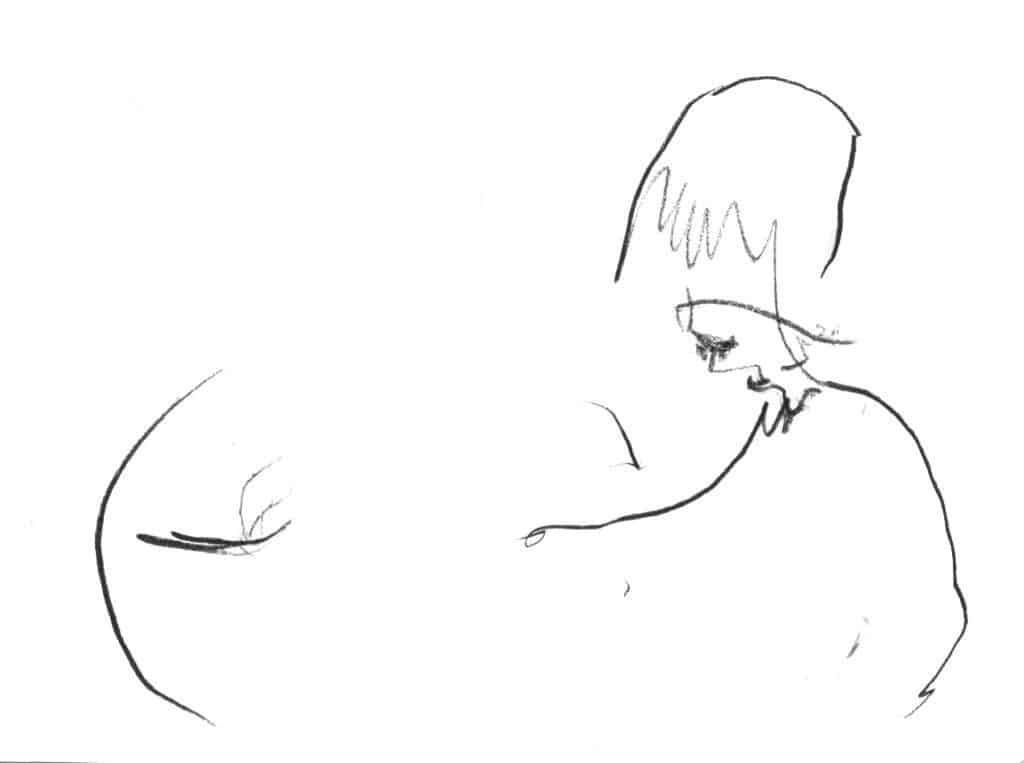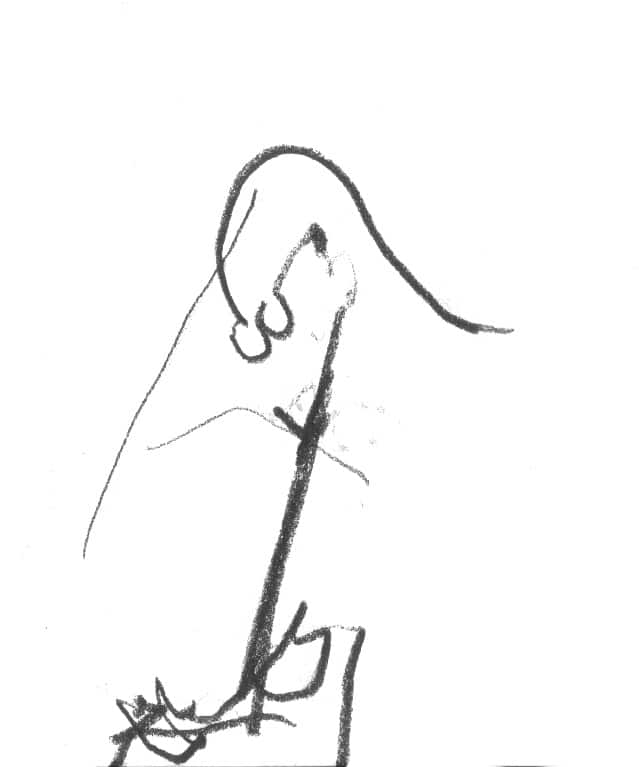Paul Burwell was the driving force behind the legendary Bow Gamelan Ensemble, a performance collective who, literally, diced with danger, commandeering construction vehicles, combustible fluids and materials on locations including Bow Creek at night where, in the late 80s, I witnessed a breathtaking and explosive mechanical symphony which had a helicopter flying overhead and fireballs flaring skywards from oil drums, striking both trepidation and wonder in to the hearts of those who witnessed it. They also played the Thames by the South Bank Centre and toured internationally under the aegis of the British Council.
The 2-hour film about Burwell’s life, Burning Bridges, directed by Matt Stephenson, and premiered in 2024, was prefaced by performances from Evan Parker, Sylvia Hallett and David Toop, each of whom had strong connections with Burwell at different stages of his somewhat chaotic life.
Burwell’s musical roots were in the London Musicians Collective (LMC), where he and Toop were among the founders, and which is where Evan Parker comes in. Online there is a photo of Parker, Toop and Burwell (‘The world’s first fine art drummer,’ as Parker has remarked) playing at the LMC in Gloucester Avenue in the mid-70s (link below).
Evan Parker initiated proceedings by invoking the very spirit of Bow Gamelan, crashing a large, hanging gong and battering a drum, the sounds reverberating throughout the venue, ending with a piecing whistle in an intense five-minute solo.
Sylvia Hallett then applied her sensibility to evoking an eerie, roundly melodic soundscape from the spokes and structure of the bicycle wheel positioned vertically. Mixing harp-like sounds with clanky metallic accents, echoes were electronically induced and her performance became a playground of sound.
David Toop, a fittingly shadowy figure in the unlit area of the stage, moved alongside Hallett to introduce barely audible, liminal sounds with scraps of paper being crackled and crumpled. He then took to his battery of flutes while his film, The Old Men of the Shells was projected, with its references to shamans in different cultures, giving Toop licence to briefly shake together a handful of shells.
Finally, all three played together with Parker chattering on soprano sax, Hallett drawing a violin bow through the bicycle wheel and Toop’s flute complementing Parker as they evoked jungle sounds, mimicking bird and animal calls.

The film, which took 4 years to put together, held the attention throughout, with around 30 interviews, rare archive footage, insightful commentary and filming at locations relevant to Burwell’s life story from his creative heyday in London, including a spell as a gravedigger, to his eventual decline in to alcoholism in a squatted building in Hull.
Those interviewed include Toop, Parker and Hallett, musicians Steve Noble, Steve Beresford and Max Eastley, sculptor and Bow Gamelan collaborator Richard Wilson, Sheila Cobbing who had been married to Burwell, their two sons and many others, each of whom shed light on his life and lifestyle. The film’s title is taken from a page in Burwell’s sketchbook.
Toop referred in the film to the Christmas show at the Roundhouse in 1969 where he and Burwell played all night forming the duo, Rain in the Face, ‘A quick descent in to obscurity,’ as he put it. There is much more, and well worth tracking down the film to hear the rest of the story.


